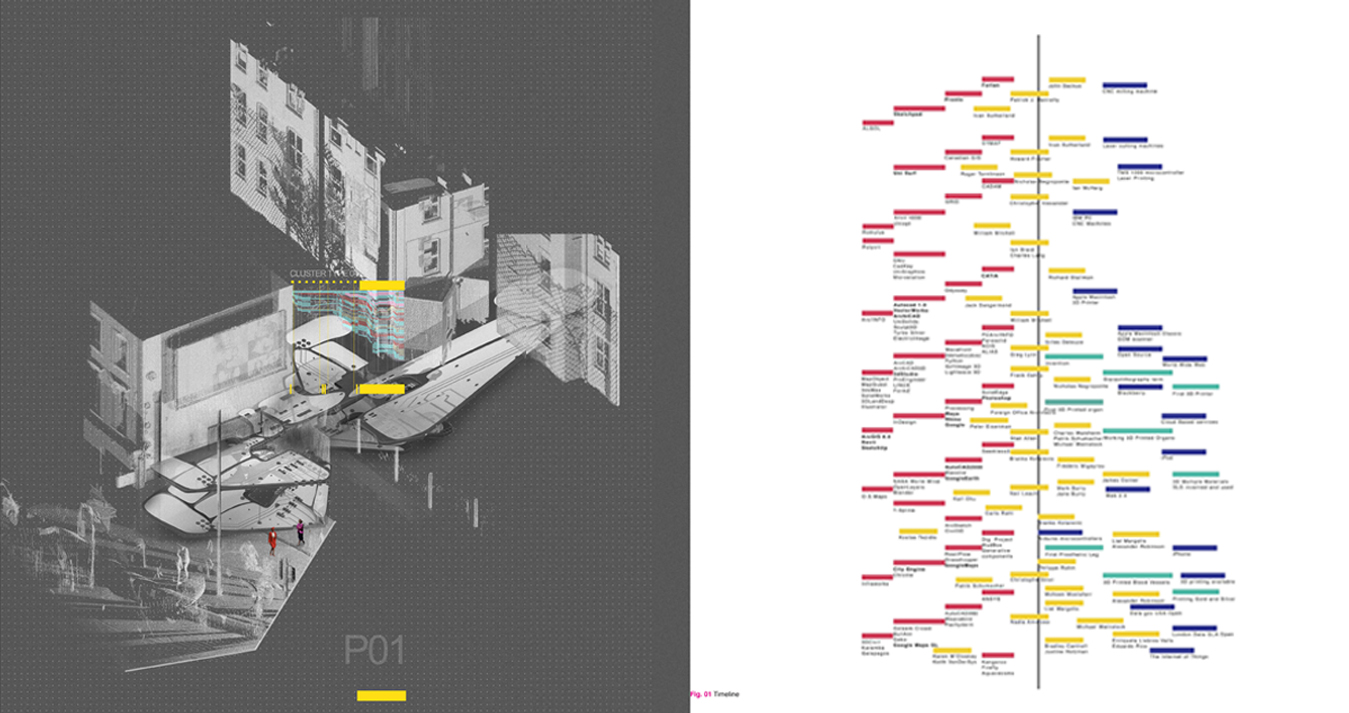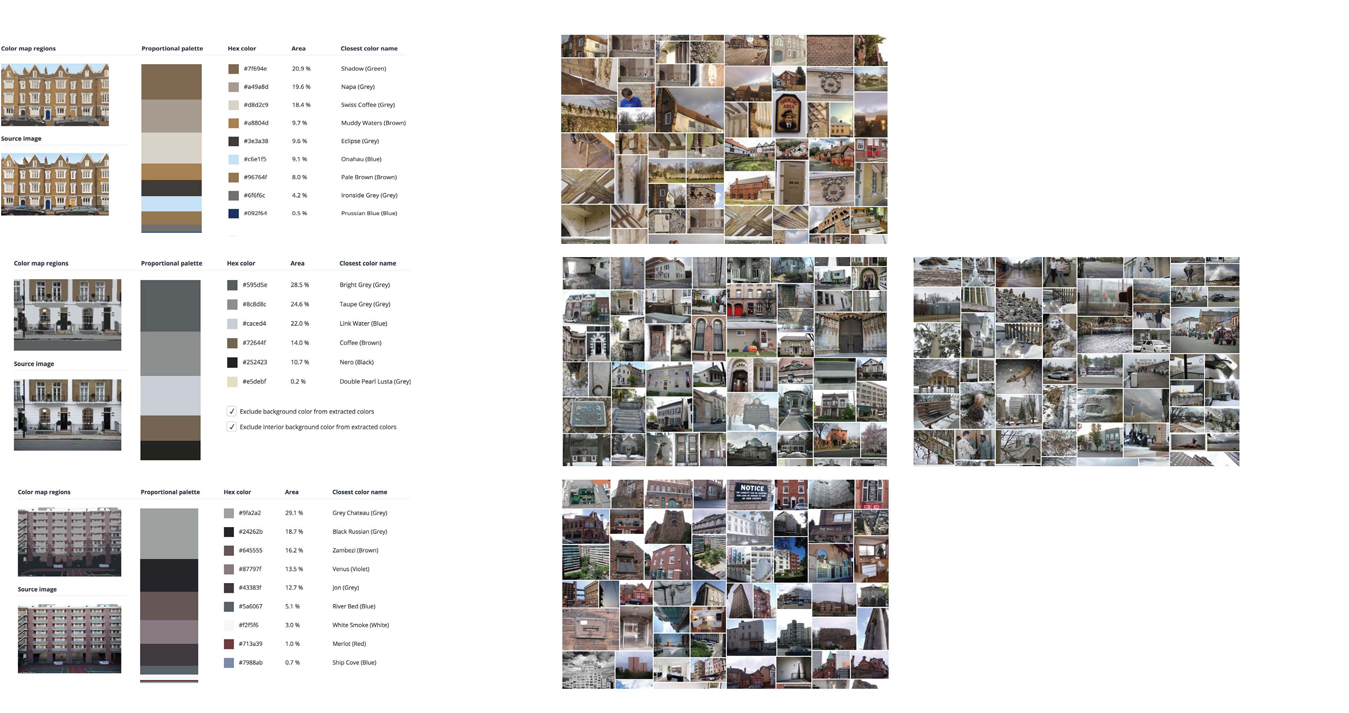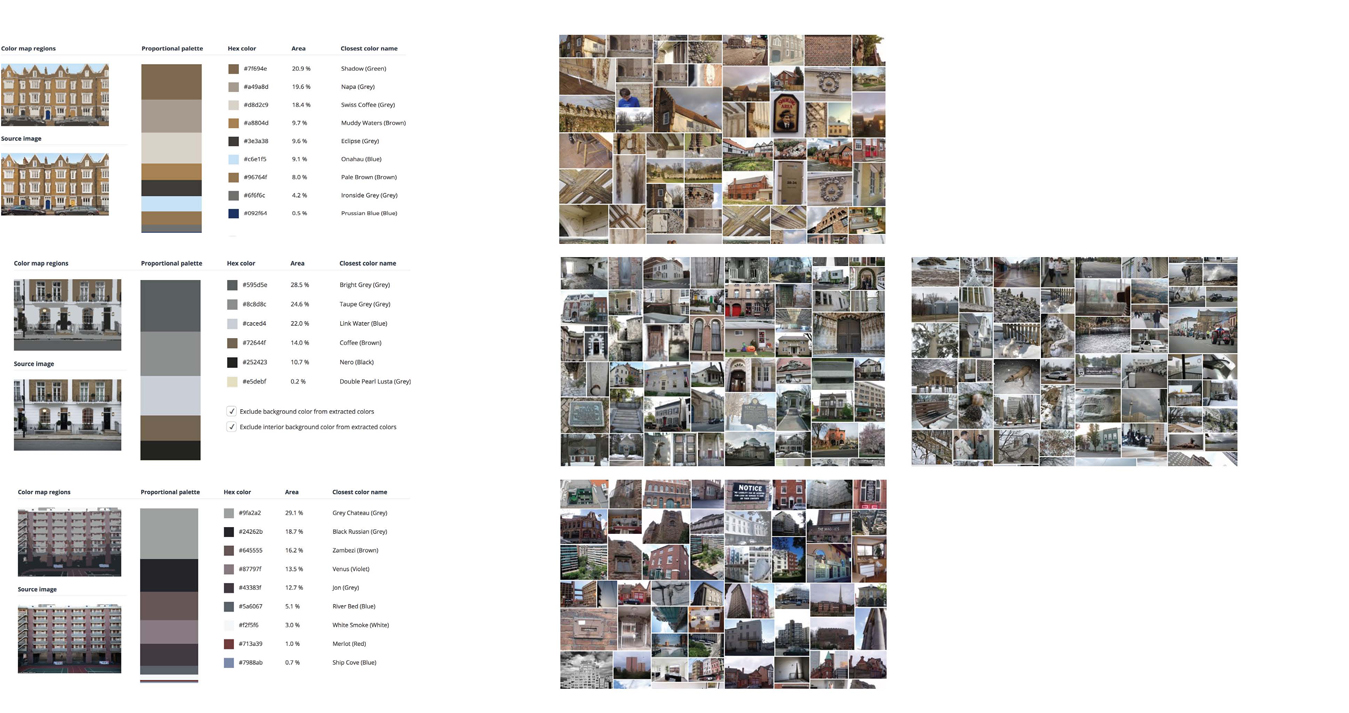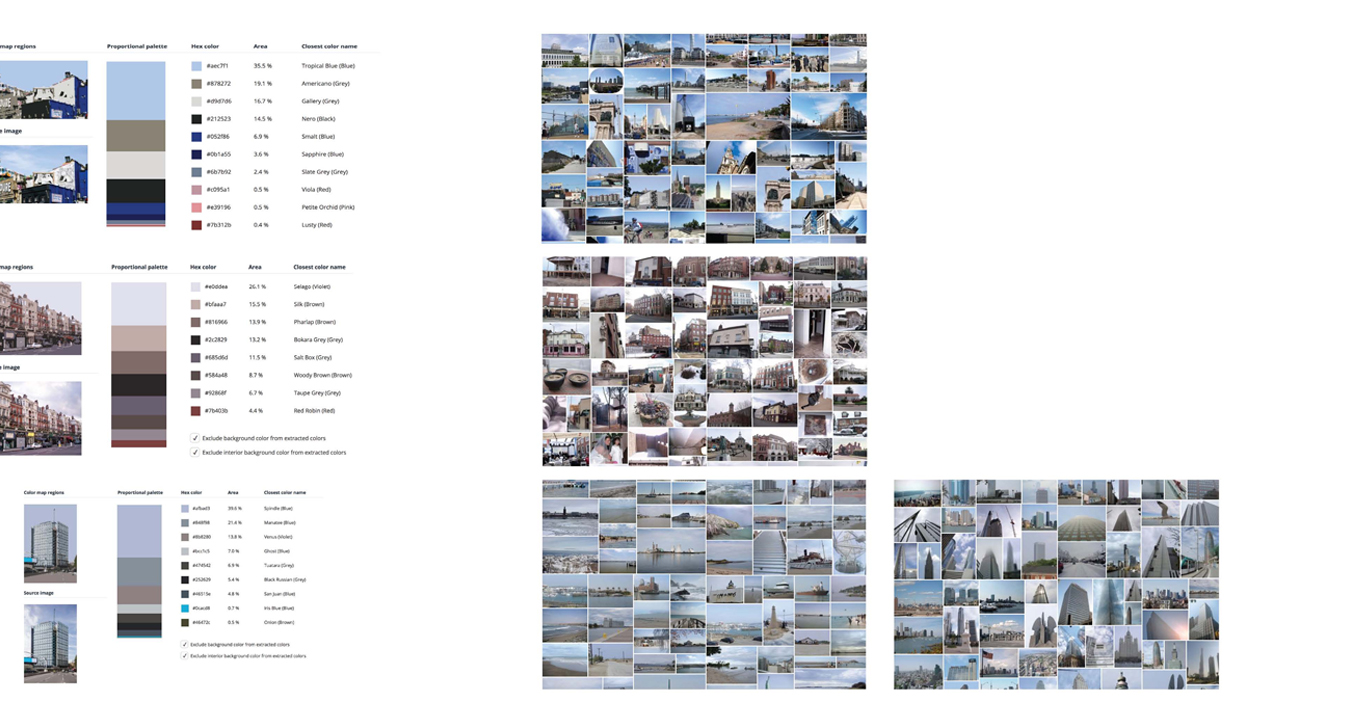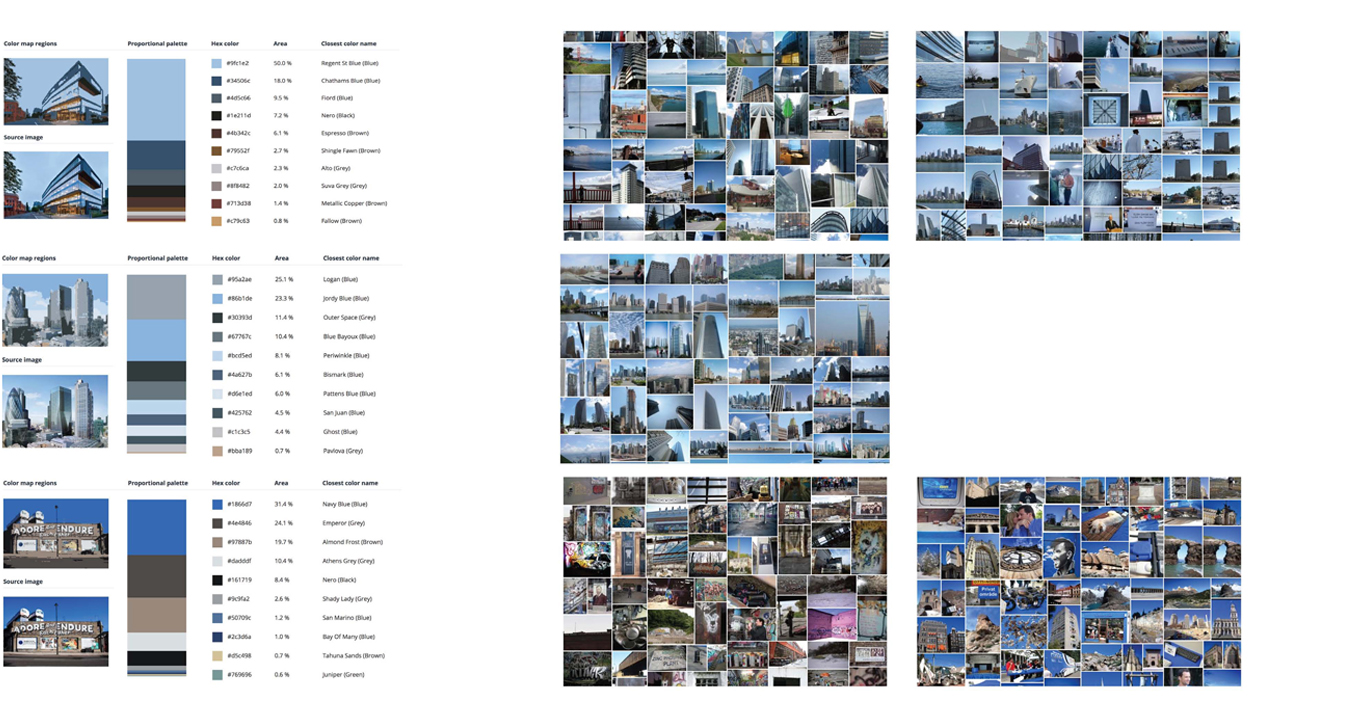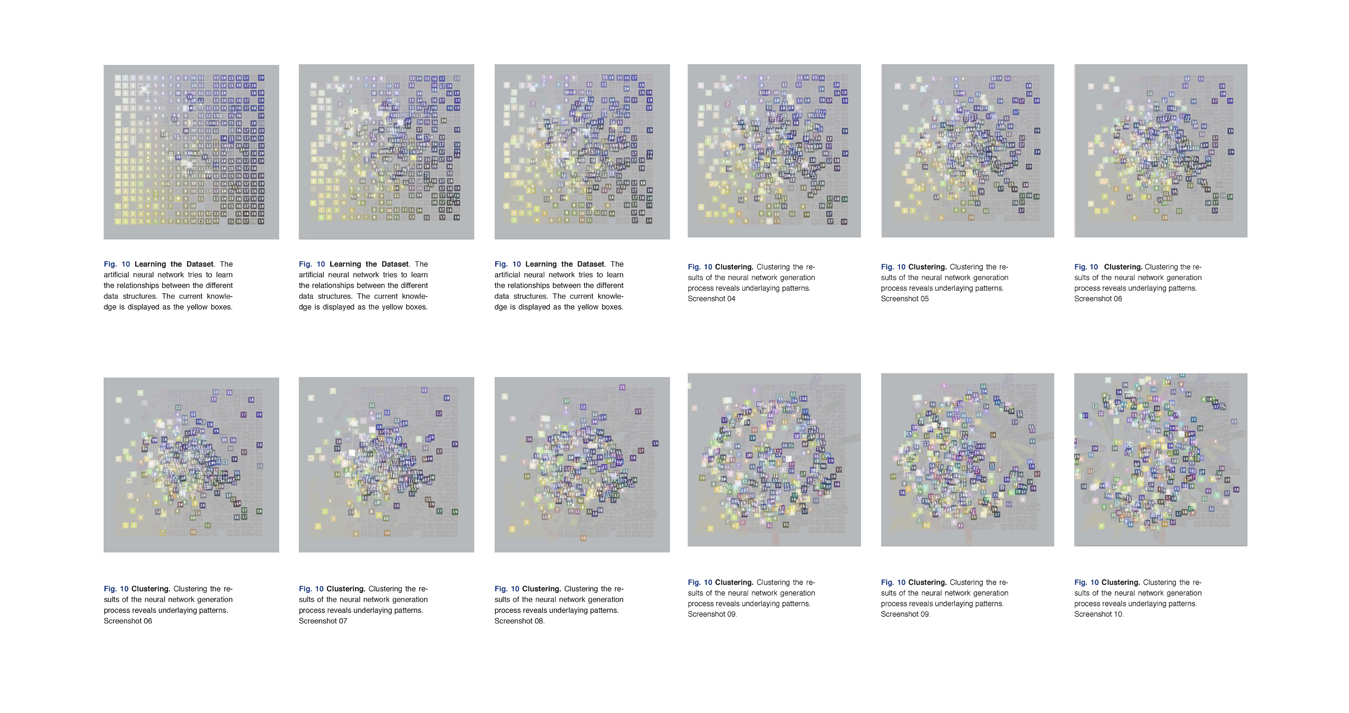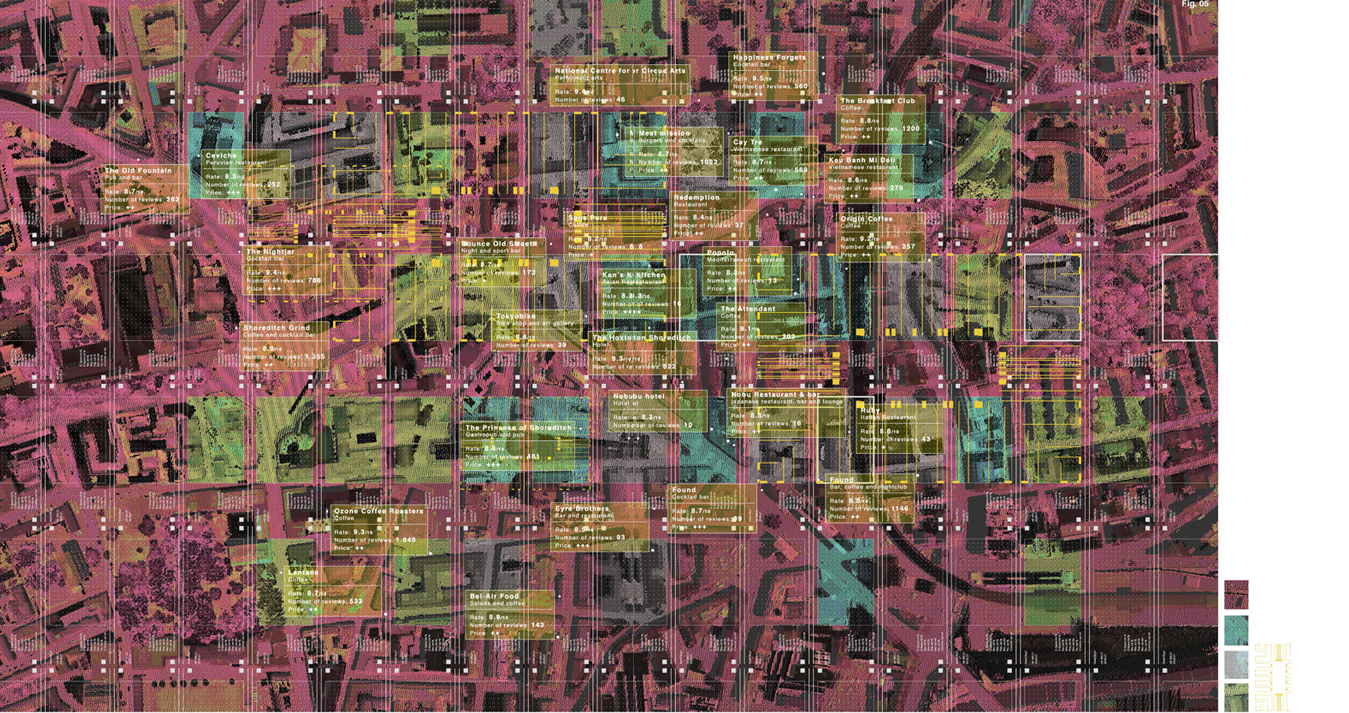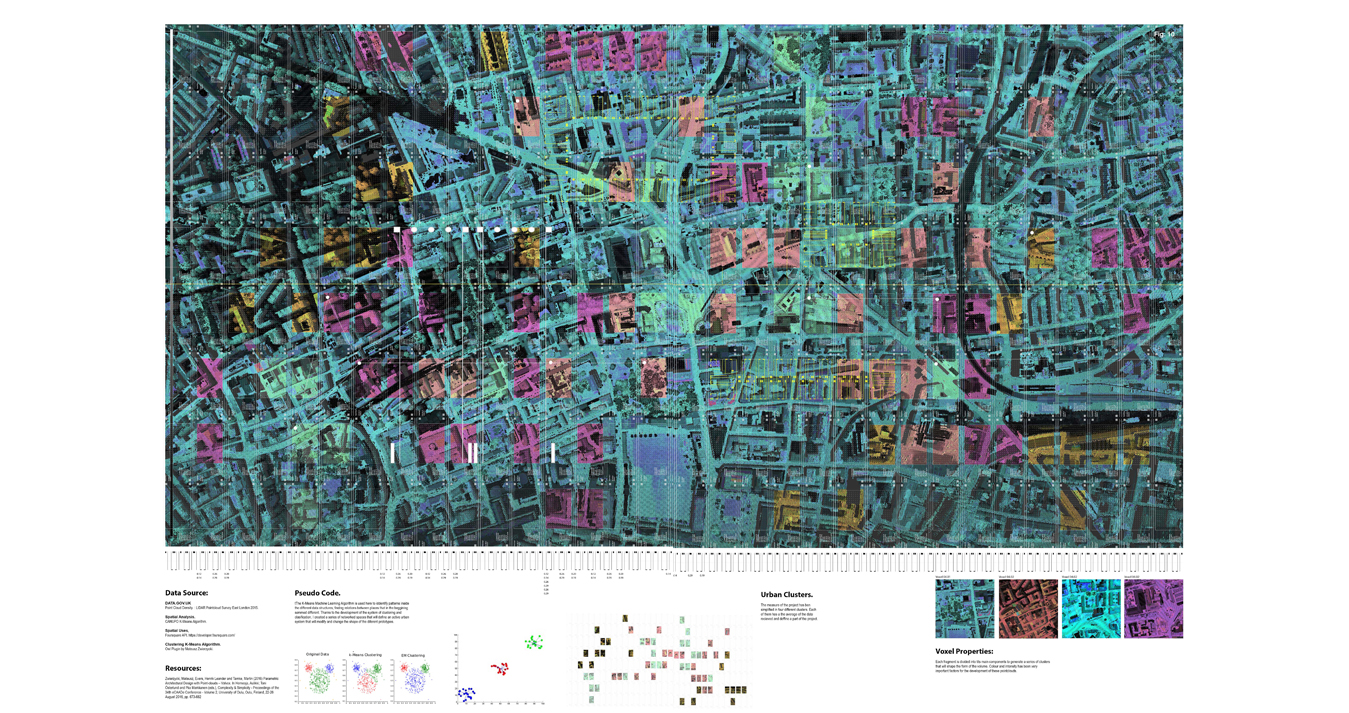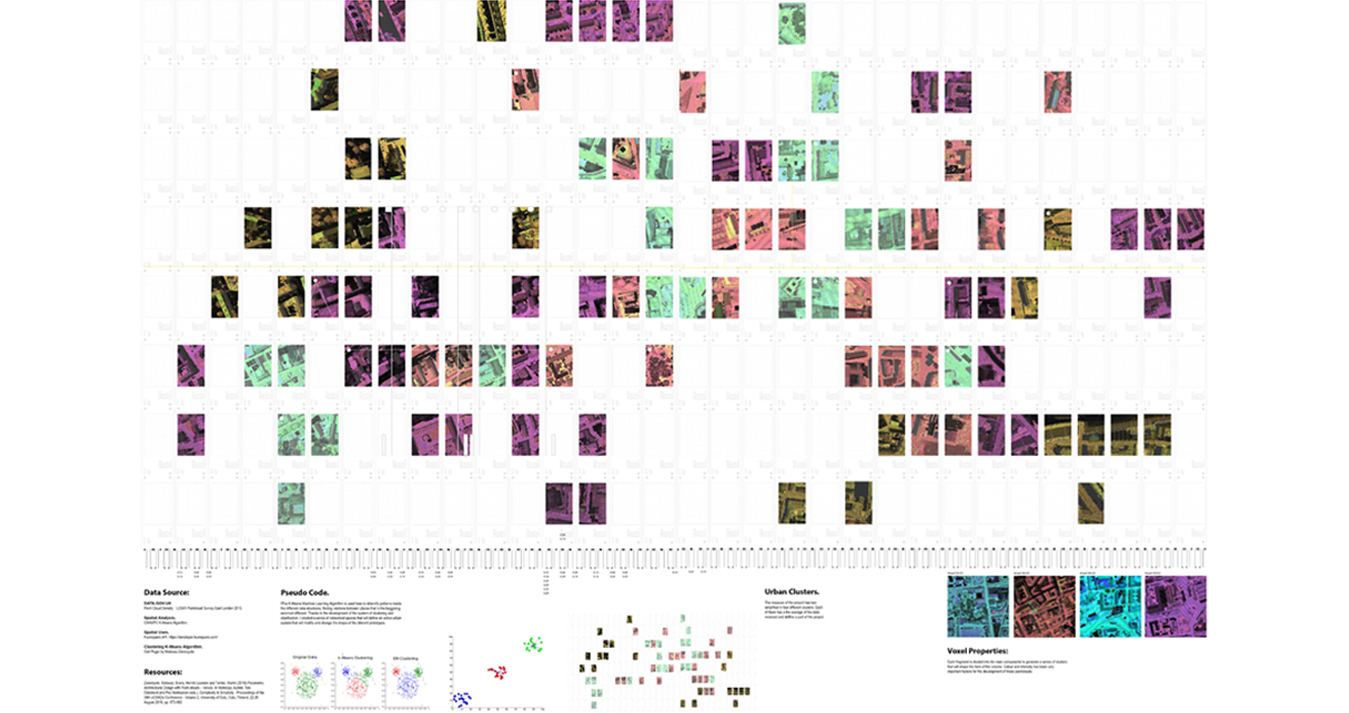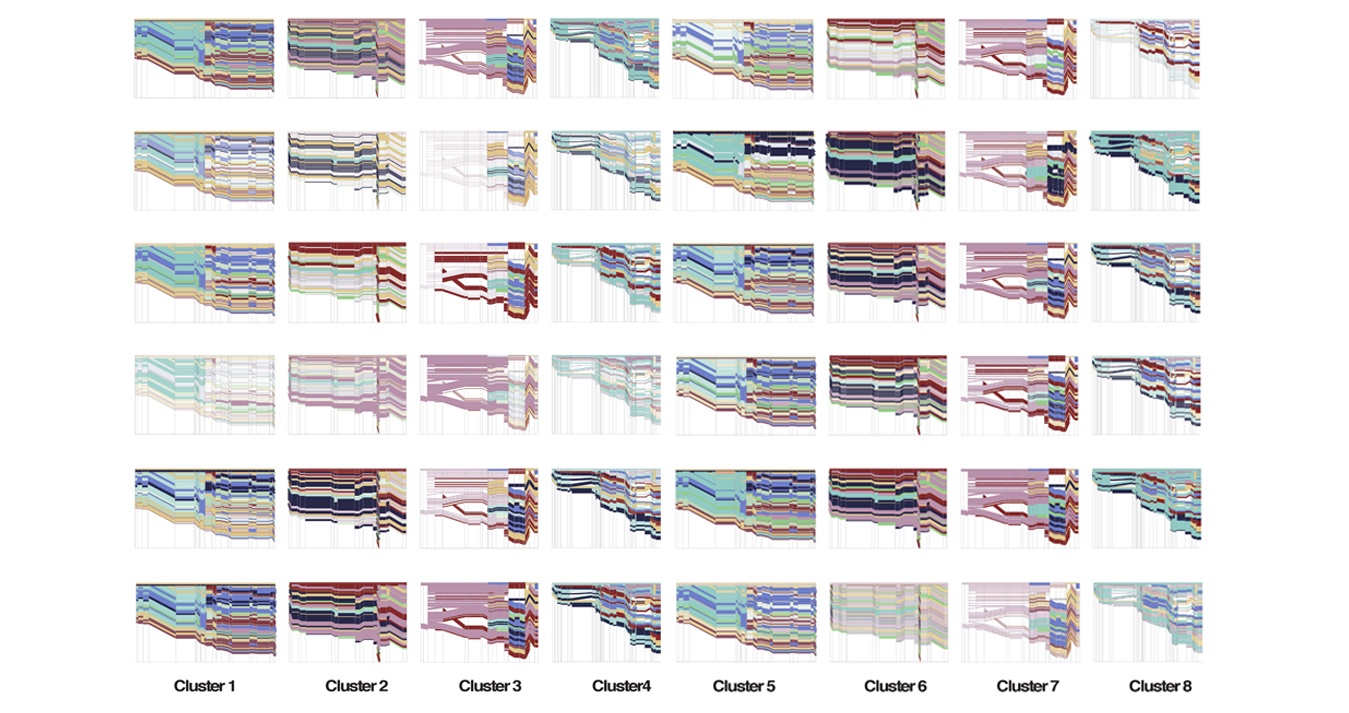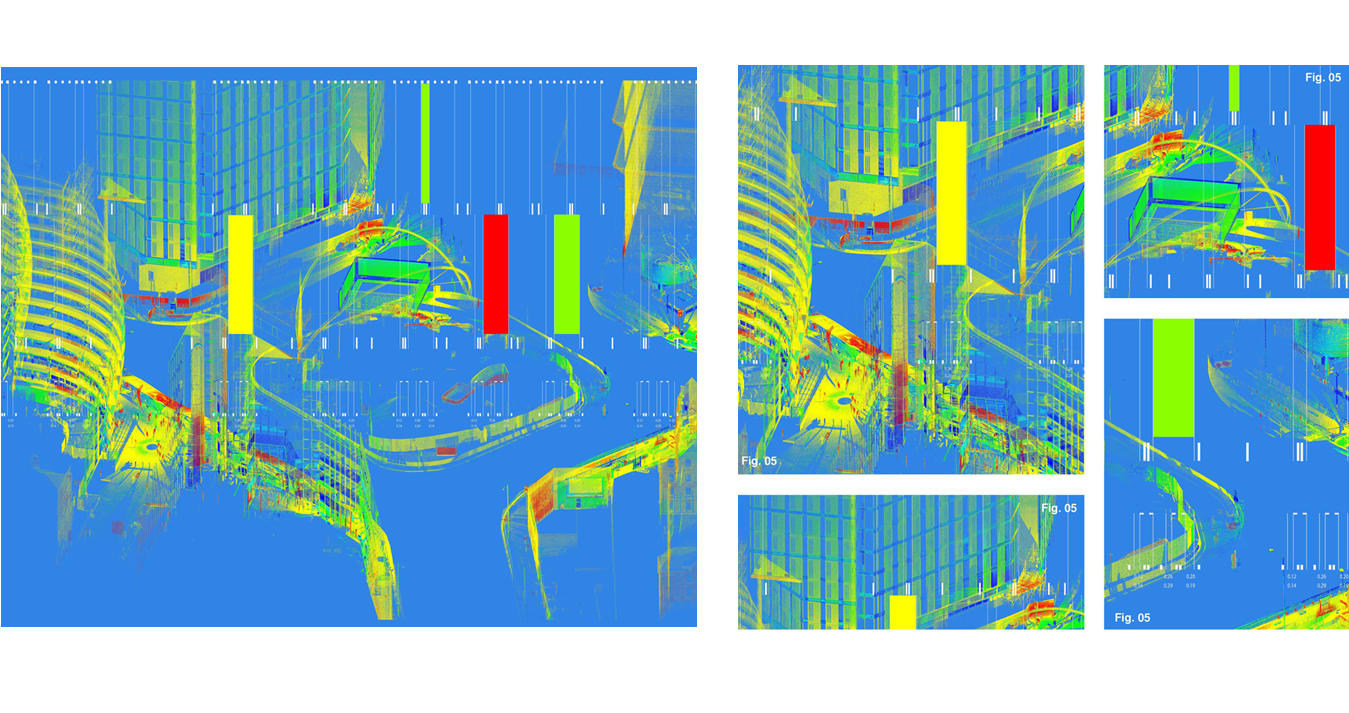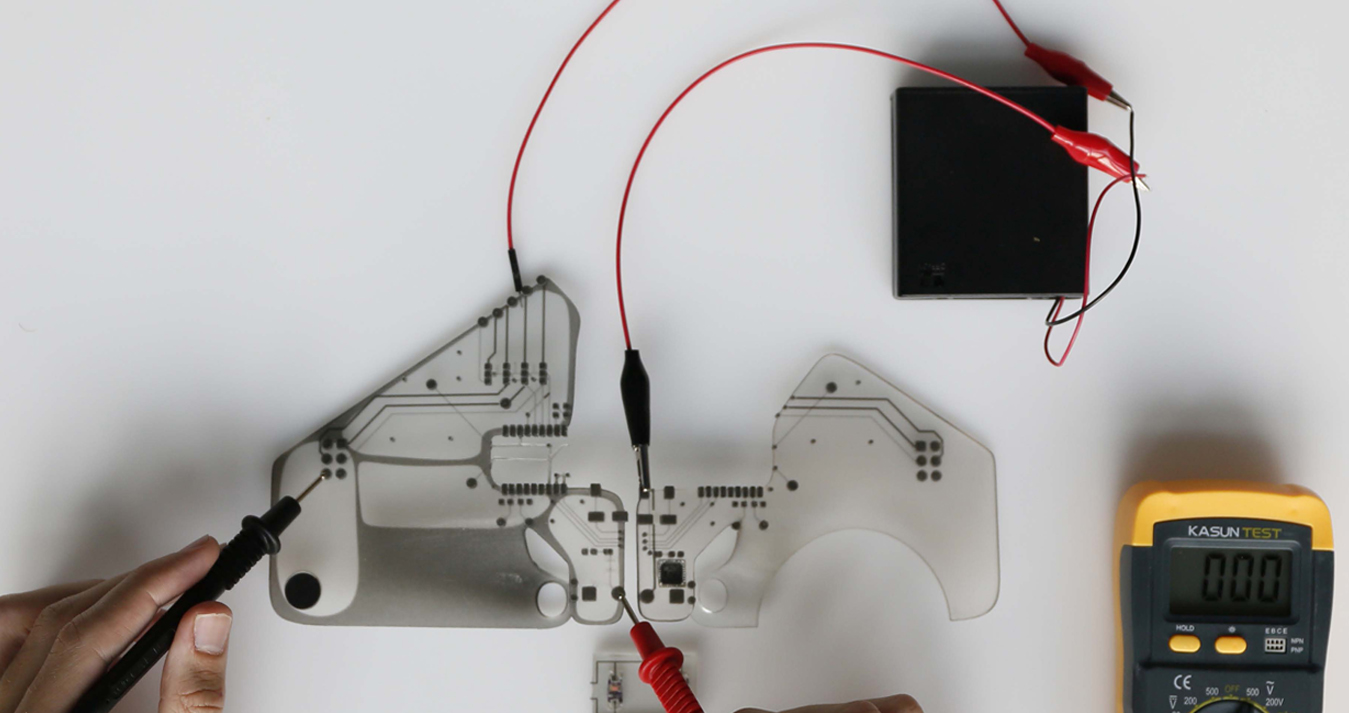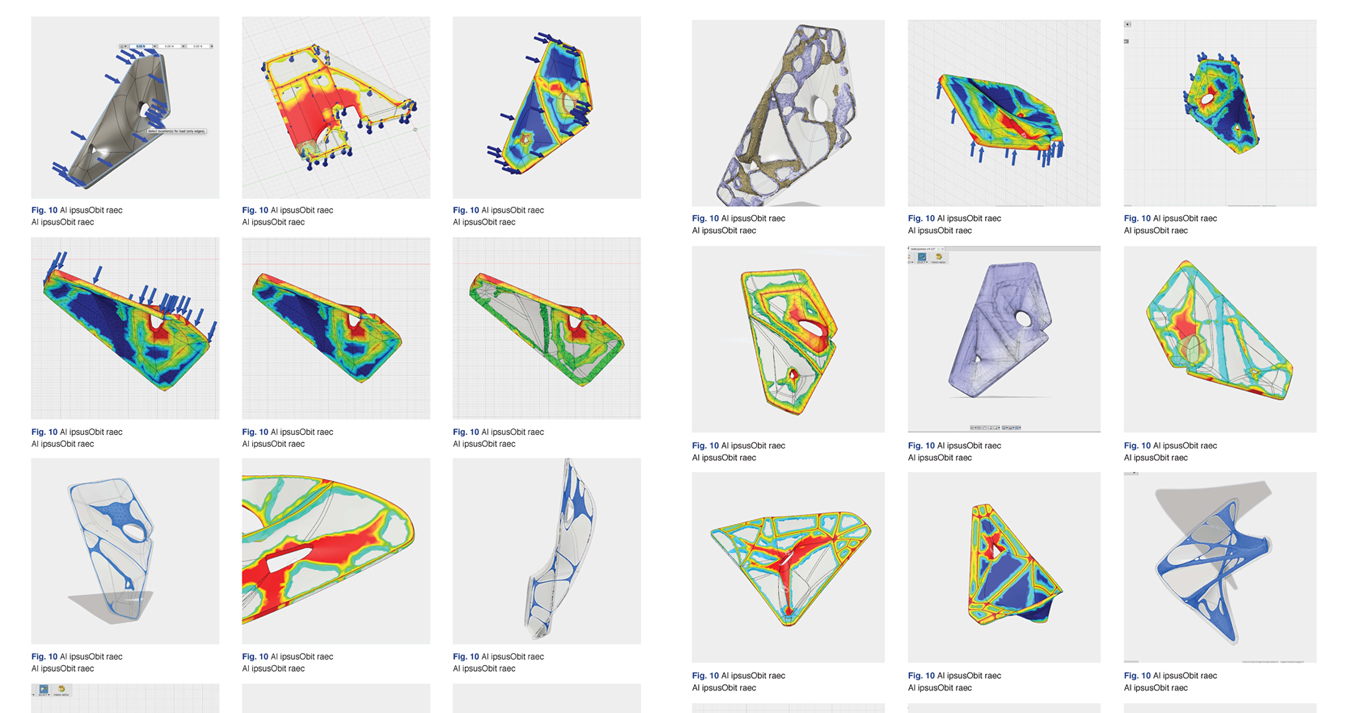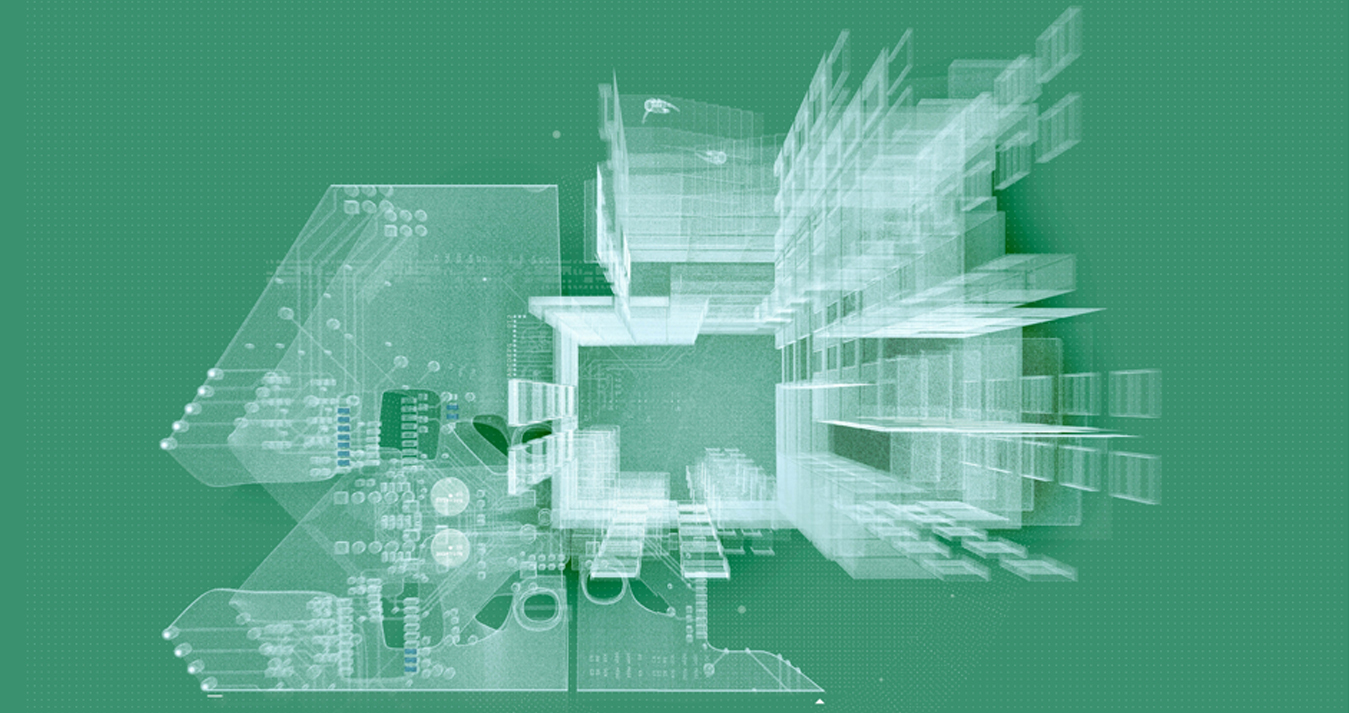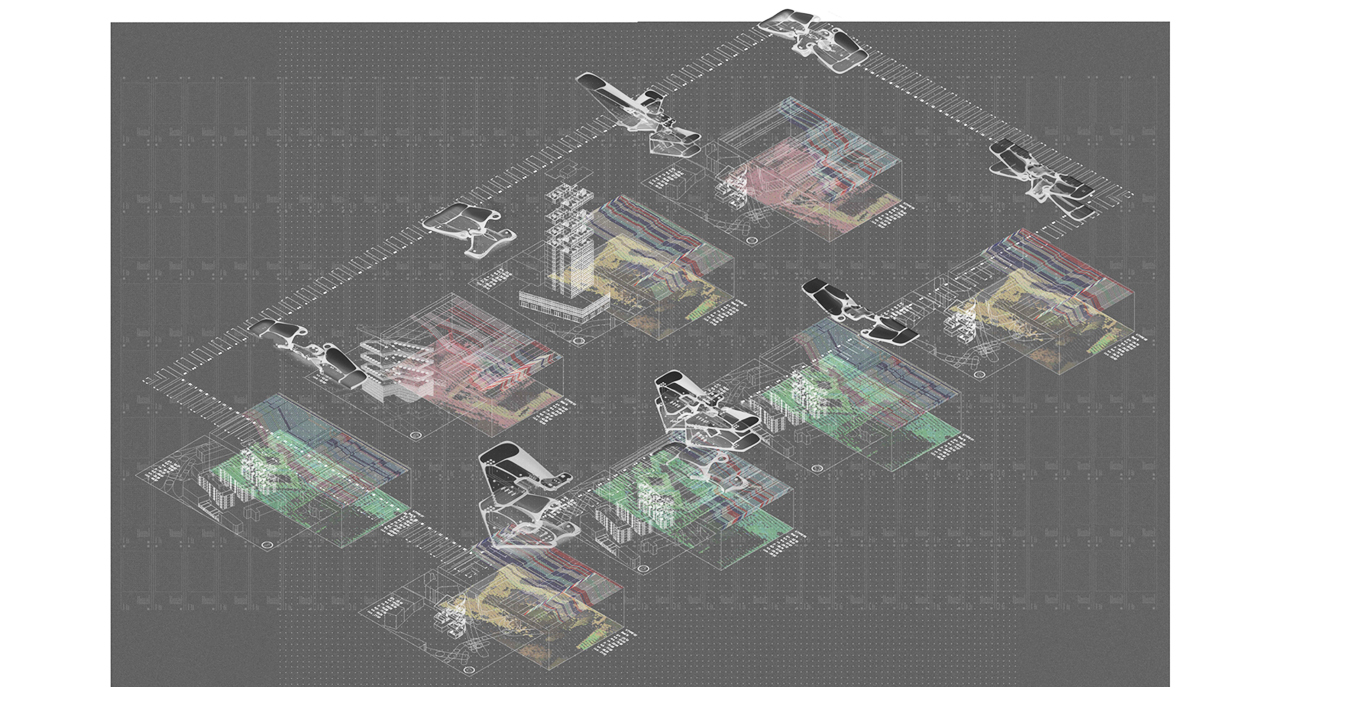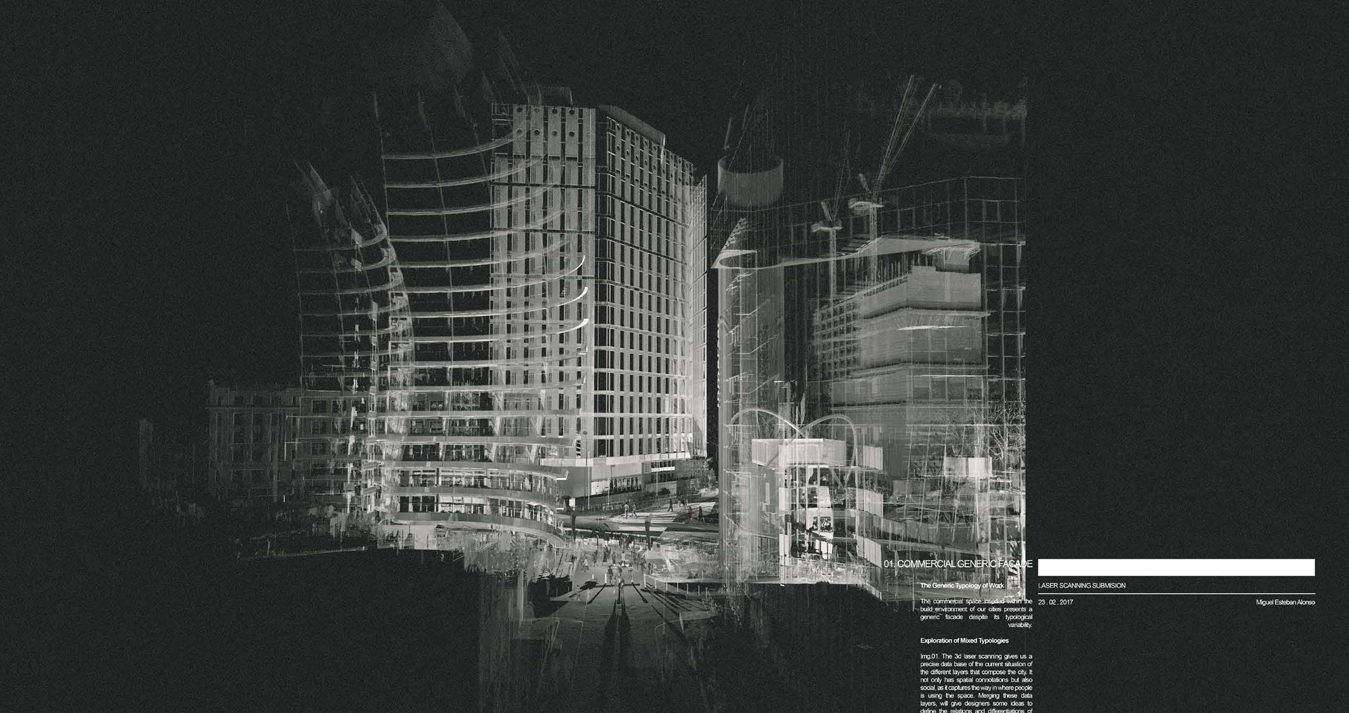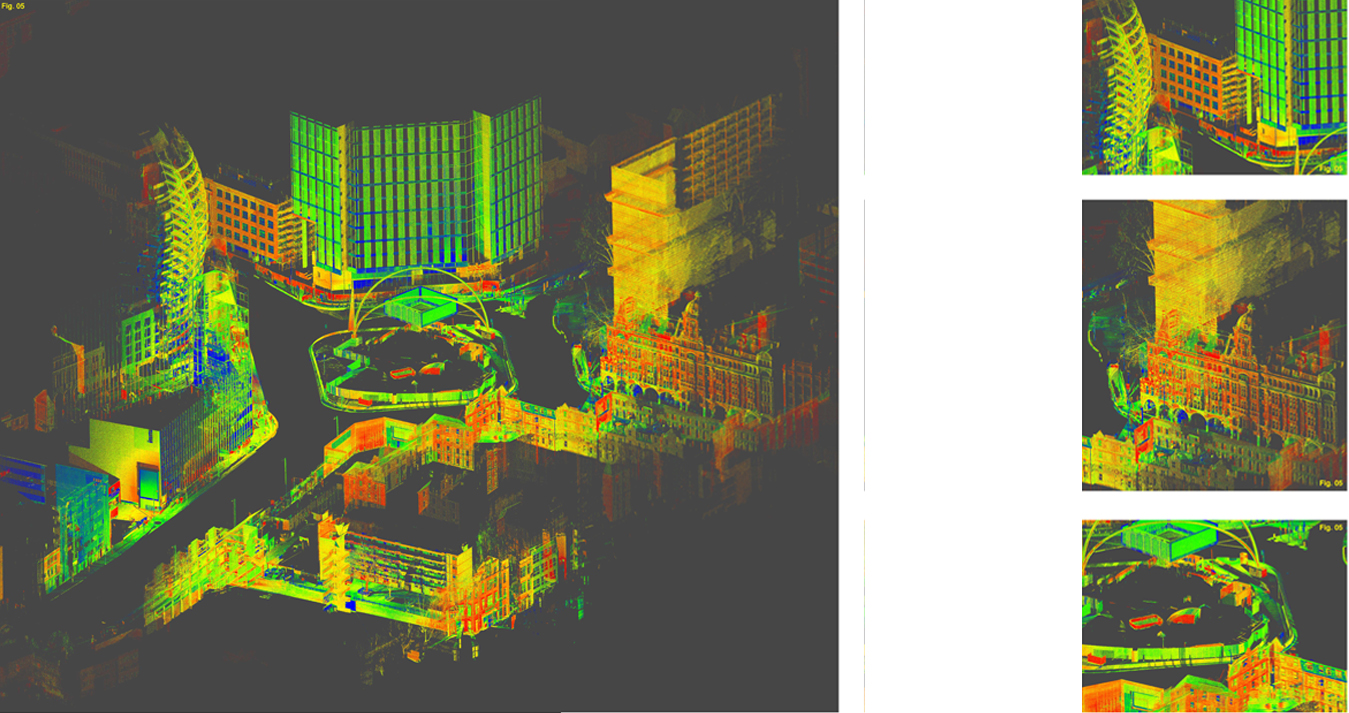
Learning Cities: Digital Microurbanism for spatial democratics.
The aim of both the design project and the report has been to bridge between the performance of different systems of artificial intelligences and the way our urban settlements evolve. While the report has become the tool for analysing previous approaches to digital technologies, and to study the technicality behind recent trends in A.I, the design thesis is used as a Proxy model of material research that explores new morphological possibilities, introducing these digital technologies as an active part of the constructed form.
Together, both bodies of work question the way in where we are framing digital technologies in architecture by analysing their implications for city design. They suggest a shift from a model based on exploiting the capabilities of digital fabrication to a system that has these technologies embedded inside it. In other words, what is proposed is a change of scale, where digital technologies are not just an exempt element that influences the design process -digital design and manufacturing- but an inseparable part of the architectural domain. Architecture, as a connected piece of a networked digital system.
For doing so, the report has analysed the relation between recent trends in artificial intelligences (machine learning) and the way a city evolves, to propose a new participatory system of urban growth based on individual and collective feedback and interaction. On the other hand, the design thesis physically constructs this process through the material study of the architectural element by embedding inside it the necessary tools to perform as part of a network, being the engine for interaction between the individual and the collective. That is; a system of embedded electronics that transform the building into a physical memory with the capabilities of analysing (input) processing (thinking) and mutation (output).
The report and the design project, will be presented as interconnected elements in a research process that could be summarised in four main steps: [01] The city as a learning (machine learning) system, [02] learning through individual and collective interaction, [03] Interaction through architecture and [04] learning to evolve. In contrast to previous systems of master planning digital technologies are used here to create a participatory -therefore democratic- system of spatial occupation. A system that for its focus on the city through the smallest scale has been referred as micro urbanisms and that suggests new ideas on the implication of digital thinking in urban design.
TEXT BY MIGUEL ESTEBAN
- [Category] MArch Design Thesis
- [institution] BPro RC18. Bartlett School of Architecture
- [year] 2017
- [leaders] Enriqueta Llabres and Zach Fluker
- [students] Miguel Esteban
- [tutors] Giulio Dini, Martyn Carter, Bernadette Devilat and Nuria Alvarez Lombardero
Learning Cities: Digital Microurbanism for spatial democratics.
The aim of both the design project and the report has been to bridge between the performance of different systems of artificial intelligences and the way our urban settlements evolve. While the report has become the tool for analysing previous approaches to digital technologies, and to study the technicality behind recent trends in A.I, the design thesis is used as a Proxy model of material research that explores new morphological possibilities, introducing these digital technologies as an active part of the constructed form.
Together, both bodies of work question the way in where we are framing digital technologies in architecture by analysing their implications for city design. They suggest a shift from a model based on exploiting the capabilities of digital fabrication to a system that has these technologies embedded inside it. In other words, what is proposed is a change of scale, where digital technologies are not just an exempt element that influences the design process -digital design and manufacturing- but an inseparable part of the architectural domain. Architecture, as a connected piece of a networked digital system.
For doing so, the report has analysed the relation between recent trends in artificial intelligences (machine learning) and the way a city evolves, to propose a new participatory system of urban growth based on individual and collective feedback and interaction. On the other hand, the design thesis physically constructs this process through the material study of the architectural element by embedding inside it the necessary tools to perform as part of a network, being the engine for interaction between the individual and the collective. That is; a system of embedded electronics that transform the building into a physical memory with the capabilities of analysing (input) processing (thinking) and mutation (output).
The report and the design project, will be presented as interconnected elements in a research process that could be summarised in four main steps: [01] The city as a learning (machine learning) system, [02] learning through individual and collective interaction, [03] Interaction through architecture and [04] learning to evolve. In contrast to previous systems of master planning digital technologies are used here to create a participatory -therefore democratic- system of spatial occupation. A system that for its focus on the city through the smallest scale has been referred as micro urbanisms and that suggests new ideas on the implication of digital thinking in urban design.
TEXT BY MIGUEL ESTEBAN


